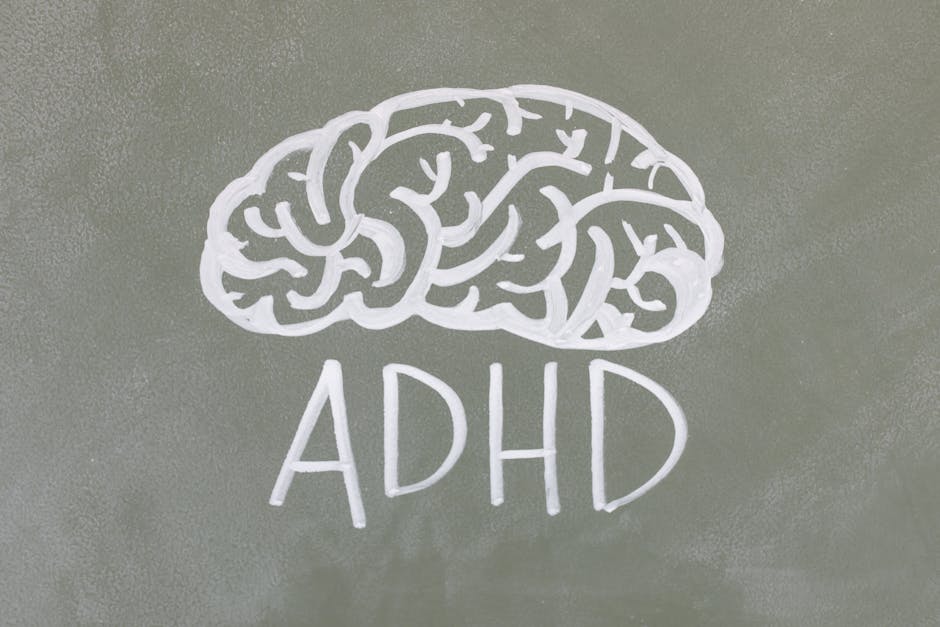Mindful Tech: Using Neurofeedback Devices for Laser-Sharp Focus
In an age where distractions are just a swipe away, getting your mind to focus can seem like an uphill battle. This modern conundrum raises a vital question: how can we reclaim our concentration amid the digital chaos? The answer might lie in an innovative realm of technology—specifically, neurofeedback devices. This exploration delves into how these mind-enhancing gadgets can help you sharpen your focus, linking back to the idea of mindful tech as a transformative solution in our distracted world.
The Neuroscience of Focus

To tackle distractions effectively, it's crucial to understand the neuroscience behind focus and attention. The human brain operates using complex neural networks that govern our ability to concentrate. When you're deeply engrossed in a task, your brain exhibits specific patterns of neural activity—particularly within the prefrontal cortex, which is responsible for planning and decision-making. In contrast, distractions can cause your brain to enter a more chaotic state, signified by erratic waves of neural activity.
Recent research has highlighted the effectiveness of neurofeedback training in reshaping these brainwave patterns. Neurofeedback devices measure your brain activity in real-time and provide feedback, allowing you to learn how to control these patterns consciously. By reinforcing focused brainwaves while diminishing those associated with distractions, you can gradually enhance your ability to concentrate.
For a deeper dive into how the brain operates and what happens during a neurofeedback session, you might find this source interesting: Harvard Business Review.
What are Neurofeedback Devices?

Neurofeedback devices, often marketed as brain-training tools, are designed to enhance cognitive performance by providing real-time data about your brain's activity. These devices typically incorporate electroencephalogram (EEG) technology, utilizing sensors placed on your scalp to detect brainwaves.
The feedback mechanism operates through a visual or auditory cue system. When your brain reaches a desired state—such as focus or calmness—the device delivers positive reinforcement, whether through rewarding sounds, visual changes, or other interactive elements. Over time, users learn to replicate these focused states, effectively training their brains to resist distractions more proficiently.
The Rise of Mindful Tech

Recent trends show a significant shift towards incorporating mindfulness into technology. This concept goes beyond merely avoiding distractions; it’s about cultivating a proactive relationship with technology. By fostering awareness around how and when devices are affecting our concentration, we can utilize tools like neurofeedback to enhance attention and productivity.
Beyond neurofeedback, mindful tech encompasses applications that promote self-awareness and time management. This includes a variety of technologies that encourage users to establish healthier boundaries with their devices.
For example, applications that help users engage in digital detox strategies can be transformative. Look into our related piece on digital detox strategies for tips on enhancing your productivity.
Benefits of Neurofeedback Training

The benefits of neurofeedback training are diverse, ranging from improved concentration to emotional regulation. Here are some key advantages:
1. Improved Focus and Concentration

By reinforcing the brainwave patterns associated with focused attention, users can experience a marked increase in their ability to concentrate on tasks. This is particularly beneficial in environments laden with distractions, such as offices or bustling coffee shops.
2. Enhanced Emotional Regulation

Neurofeedback doesn't just train attention; it can also help regulate emotional responses. This is crucial for professionals who may need to manage stress levels or anxiety while working in high-pressure environments.
3. Reduced Mental Fatigue

Regular neurofeedback sessions can assist in the reduction of mental fatigue, allowing users to work longer and more efficiently without becoming mentally exhausted. By training the brain to enter productive states more readily, users can optimize their workflow.
4. Personalized Learning Experience

Every individual's brain is unique, and neurofeedback offers personalized insights and assistance. As you undergo training, the device adapts to your neural patterns so that you receive tailored feedback to optimize your learning.
Real-World Applications of Neurofeedback

The practical applications of neurofeedback extend far beyond the personal use of focus-enhancing devices. Many specialized fields have begun to incorporate this technology into their workflows.
Education Sector

In educational contexts, neurofeedback has shown promise in helping students with learning disabilities enhance their focus. Schools and educational institutions are increasingly employing such methods to assist students who find it challenging to concentrate during lessons.
Corporate Sector

In a corporate environment, organizations have started integrating neurofeedback into training programs. Employees can undergo focus-training programs designed to foster a more productive atmosphere, ultimately leading to enhanced job performance. This trend highlights the growing intersection between psychology and technology in the workplace.
For insights into how convergence can create better workspaces, check our piece on AI soundscapes.
Getting Started with Neurofeedback
If you're intrigued by the idea of incorporating neurofeedback into your routine, here’s how to start the journey.
Research Available Devices
Begin by researching the variety of neurofeedback devices currently available in the market. Quality devices range widely in price and functionality, so understanding your budget and needs is essential. Popular brands like Muse or Emotiv have devices tailored for beginner users as well as advanced learners.
Set Clear Goals
When you start your neurofeedback training, establishing specific goals is integral. Are you looking to improve your concentration for work tasks, manage anxiety, or boost creativity? Having a clearly defined objective will help measure your progress effectively.
Commit to Regular Training
Like any skill, neurofeedback requires consistency. Committing a certain number of hours each week to your training is vital.
Seek Professional Guidance
For those looking to delve even deeper into neurofeedback, consider seeking assistance from a professionally trained neurofeedback practitioner. They can provide more customized training and address any concerns about your progress.
Mindfulness and the Integration of Technology
Embracing mindful tech means recognizing its benefits while managing its drawbacks. While neurofeedback devices can be powerful tools for enhancing focus, we must also be vigilant about how reliant we become on technology.
Setting Boundaries
It’s essential to establish boundaries around technology use. For example, set up specific times in your day to engage with neurofeedback training, while also carving out moments for unplugging completely.
Being Cautiously Optimistic
As you integrate neurofeedback into your life, maintain an open dialogue about your experiences. The intersection of mindfulness and technology might yield many benefits, but being critical about your usage ensures that you remain in control of your attention and well-being.
Future Trends in Mindfulness and Tech
Looking ahead, the landscape of mindful tech will likely continue evolving. With advancements in artificial intelligence and machine learning, future neurofeedback devices may become even more sophisticated, providing deeper insights into our cognitive patterns.
The fusion of neuroscience and technology presents an exciting frontier for personal development. Integrating such insights can help individuals not only enhance their focus but also cultivate a deeper understanding of themselves.
For those interested in the broader implications of how technology affects our attention, you may want to explore the issue of online identities. Understanding these developments can empower you to navigate the digital landscape with confidence.
Final Thoughts
Harnessing mindful tech like neurofeedback devices represents a thrilling opportunity to reclaim focus and navigate our busy lives more successfully. As we engage with these tools, a commitment to mindfulness reminds us of the importance of intentional technology use. By mastering our minds through these innovative devices, we’re taking a bold step toward a more focused and productive future.
So why not embark on this journey today? Your path toward enhanced concentration and mindful tech awaits!



